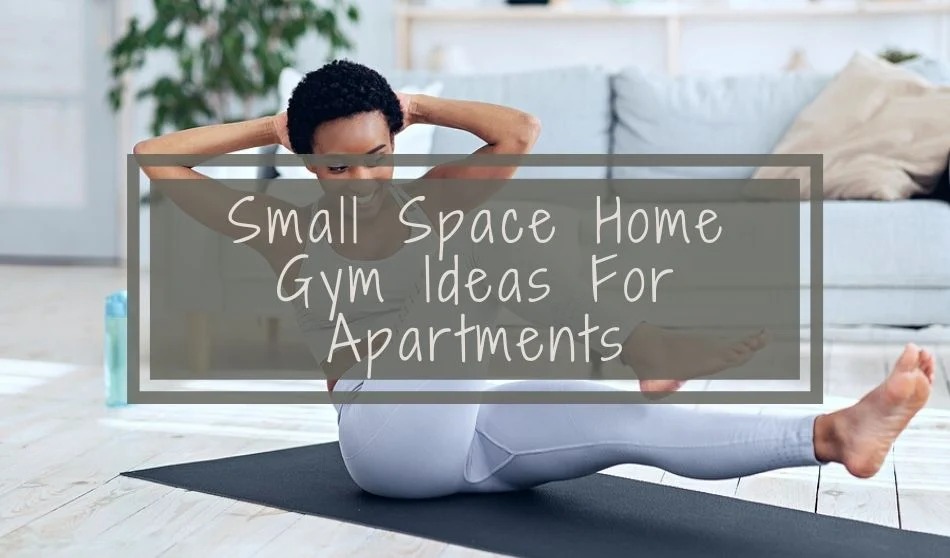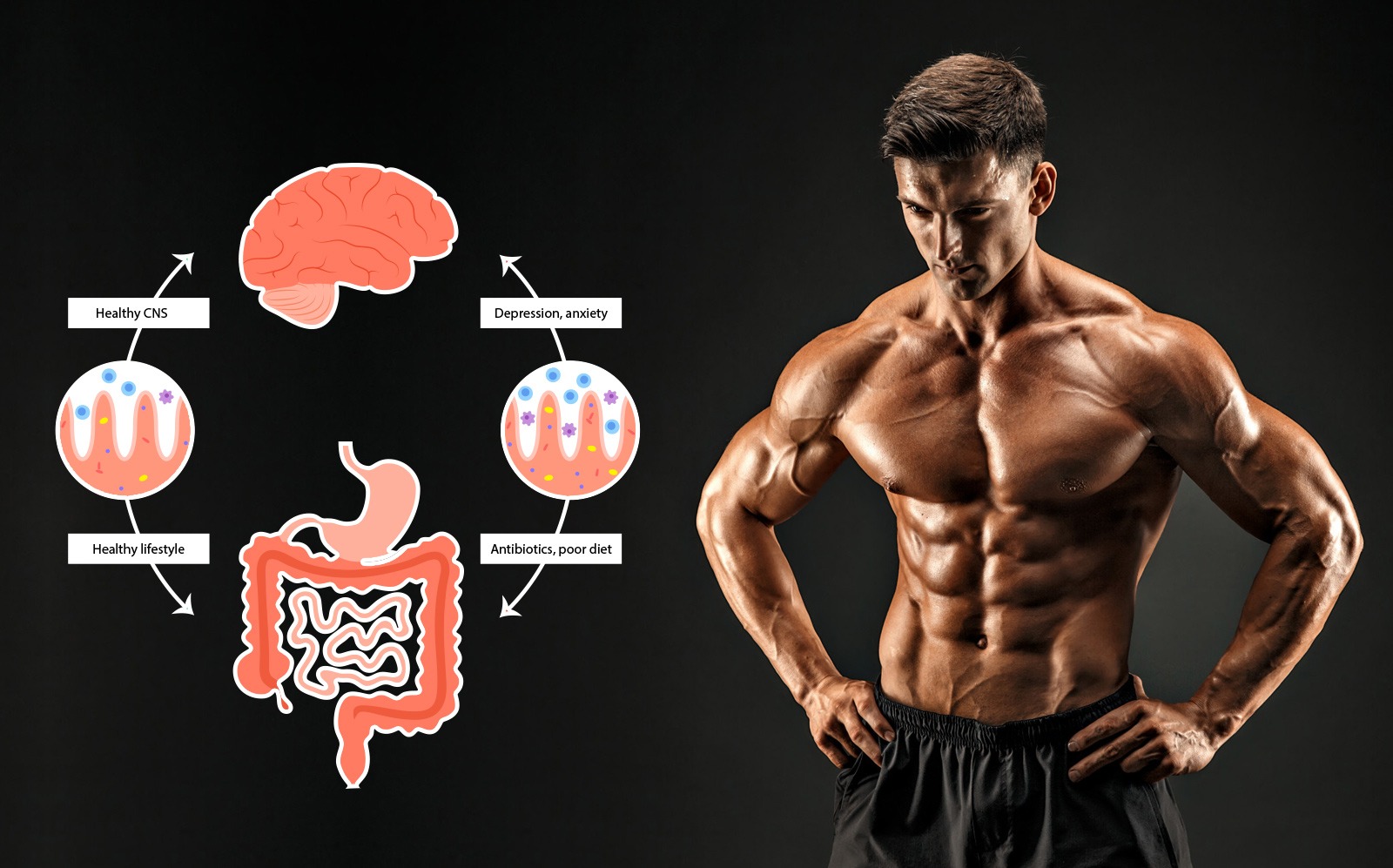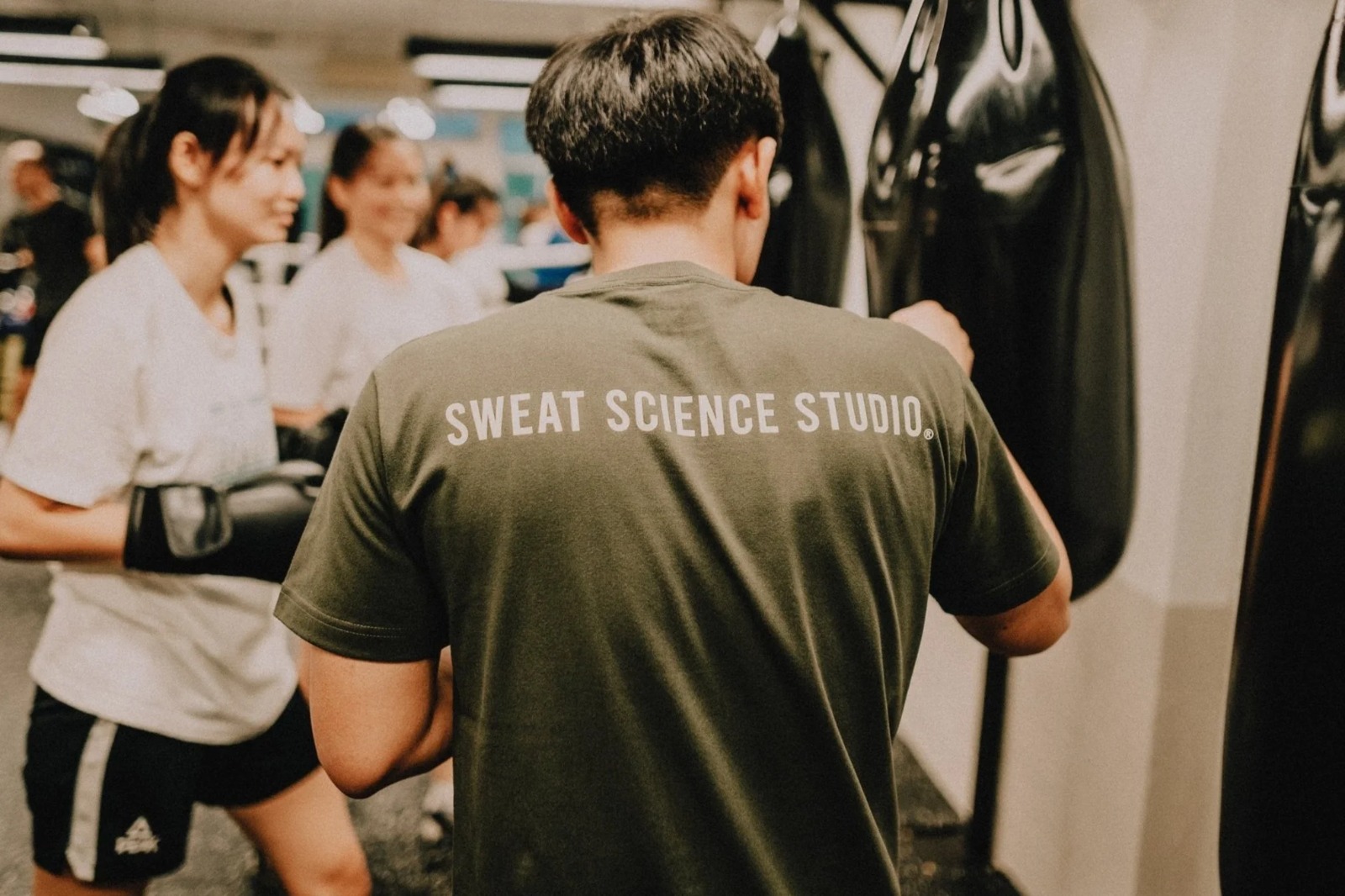
Fitness in Tiny Apartments – Creative Space-Saving Workouts.
In today’s urban lifestyle, compact apartments don’t have to limit your health and wellness goals. Discover creative bodyweight exercises, low-impact routines, minimal-equipment strategies, and clever use of furniture and corners that make staying fit, strong, and energized possible, all within small, noise-conscious, and highly adaptable home environments.
💪 Fitness Guru
43 min read · 3, Oct 2025

Introduction
Urban living often comes with the trade-off of limited living space. With rising rental prices and the growing popularity of compact apartments, many people find themselves living in homes where a dedicated workout area is simply not feasible. However, maintaining physical fitness does not have to be sacrificed just because you live in a tiny apartment. Creative space-saving workouts can help you stay active, healthy, and energized—without needing expensive equipment or a gym membership.
In this article, we’ll explore how to design efficient workouts within small living spaces, what exercises are best suited for limited areas, tips for incorporating minimal equipment, and how to build a fitness routine that fits seamlessly into your everyday apartment life.
Why Fitness in Small Spaces Matters
Living in a tiny apartment can pose several challenges to maintaining fitness:
- Lack of space for equipment: You may not have room for a treadmill, weight bench, or stationary bike.
- Noise restrictions: High-impact exercises like jumping can disturb neighbors.
- Limited storage: Bulky gym gear takes up too much room.
- Motivation barriers: Feeling cramped can reduce motivation to work out.
Yet, physical activity is crucial for health, especially for urban dwellers who may spend long hours sitting at desks. Regular exercise reduces stress, improves posture, boosts energy, and prevents chronic conditions. By adapting workouts to your living space, you can overcome barriers and achieve your fitness goals.
Principles of Space-Saving Fitness
To maximize workouts in a small apartment, keep these principles in mind:
- Bodyweight First – Your body is the best piece of equipment. Push-ups, squats, planks, and lunges require minimal space.
- Vertical Thinking – Utilize walls, doors, and even furniture to expand exercise options.
- Portable Equipment – Resistance bands, yoga mats, and adjustable dumbbells are compact and easy to store.
- Noise-Friendly Choices – Opt for low-impact exercises if you have downstairs neighbors.
- Multi-Use Spaces – Transform your living room, bedroom corner, or even hallway into a temporary workout zone.
Best Space-Saving Workouts
1. Bodyweight Circuit
Perfect for small areas and requiring no equipment. Example circuit:
- 10 squats
- 10 push-ups
- 20 mountain climbers
- 15 lunges (each leg)
- 30-second plank
Repeat 3–5 times depending on your fitness level.
2. Resistance Band Training
Resistance bands are lightweight, inexpensive, and easy to store. Exercises include:
- Banded squats
- Shoulder presses
- Rows using door anchors
- Glute kickbacks
3. Furniture-Based Workouts
Use sturdy furniture to your advantage:
- Chair dips for triceps
- Incline push-ups on a coffee table
- Step-ups using a low, stable stool
4. Yoga and Pilates
Both require only a yoga mat and minimal floor space. Benefits include flexibility, strength, and stress relief. Perfect for apartments due to their quiet and low-impact nature.
5. HIIT (High-Intensity Interval Training)
Short bursts of exercise with rest periods. Example apartment-friendly HIIT:
- 30 seconds high knees (quiet version: march in place)
- 30 seconds squats
- 30 seconds push-ups
- 30 seconds rest
- Repeat for 15–20 minutes.
6. Wall Workouts
- Wall sits (great for legs)
- Wall push-ups (gentle but effective)
- Leg raises against the wall for core activation
7. Jump Rope Alternatives
If jumping disturbs neighbors, try “phantom skipping” (mimic the motion without the rope).
Creative Use of Minimal Equipment
Even in tiny apartments, you can add variety with compact equipment:
- Yoga mat – Provides cushioning and defines your workout zone.
- Adjustable dumbbells – Save space compared to full sets.
- Kettlebell – A single kettlebell can provide a full-body workout.
- Foam roller – Great for recovery and easy to store under furniture.
- TRX suspension trainer – Attaches to doors and enables dozens of bodyweight moves.
Designing a Small-Space Fitness Routine
A structured plan ensures consistency:
- Warm-Up (5 minutes): Dynamic stretches like arm circles, marching in place.
- Strength (15 minutes): Bodyweight or resistance band moves.
- Cardio (10 minutes): HIIT, shadow boxing, or fast marching.
- Core (5 minutes): Planks, crunches, leg raises.
- Cool-Down (5 minutes): Stretching or yoga poses.
This 40-minute session fits into most apartments and can be modified depending on time and fitness level.
Overcoming Apartment Workout Challenges
- Noise Concerns: Choose low-impact options like yoga, isometric holds, or resistance bands.
- Motivation Issues: Create a designated workout corner with a mat always ready.
- Time Limitations: Try micro-workouts—10 minutes in the morning, 10 minutes at night.
- Storage Constraints: Invest in foldable or multi-purpose gear.
Benefits of Apartment-Friendly Fitness
- Convenience: No travel time to the gym.
- Affordability: Minimal or no equipment needed.
- Privacy: Comfort of exercising at home.
- Consistency: Easier to fit into daily routines.
- Versatility: Adapts to different fitness levels.
Living in a tiny apartment may initially seem like a major obstacle to maintaining physical fitness, but with the right mindset, creativity, and strategic planning, even the smallest living spaces can be transformed into highly effective workout zones that cater to strength, cardio, flexibility, and mental wellness, and in fact, tiny apartments can often inspire more innovative, focused, and efficient exercise routines than larger, more open environments where distractions abound, because the limitations of space encourage individuals to think outside the box, optimize their movements, and rely on versatile, minimal-equipment strategies that not only save room but also challenge the body in ways traditional gym setups might not, such as mastering the art of bodyweight exercises where push-ups, squats, lunges, planks, mountain climbers, and burpees form the backbone of a comprehensive routine that can be adjusted in intensity to suit beginners through advanced practitioners, and these exercises require virtually no equipment while providing full-body engagement, promoting muscular endurance, cardiovascular health, and functional strength that translates to everyday activities; furthermore, tiny apartments can easily accommodate the use of portable and multifunctional tools like resistance bands, suspension trainers, adjustable dumbbells, kettlebells, and yoga mats, all of which can be stored neatly in a closet or under a bed, allowing residents to perform resistance training, stability exercises, stretching, and balance work without permanently occupying precious floor space, and the use of furniture as workout aids—such as sturdy chairs for tricep dips, coffee tables for incline push-ups, or low stools for step-ups—expands the repertoire of possible exercises even further while reinforcing practical movement patterns and body awareness, and these adaptations are particularly important in urban environments where noise restrictions and thin apartment walls can limit high-impact exercises, prompting fitness enthusiasts to embrace low-impact, quiet alternatives like yoga, Pilates, and isometric holds, which not only reduce neighbor disturbance but also improve flexibility, core strength, posture, and mindfulness, all of which contribute to overall health and mental well-being, and beyond traditional exercises, residents can design space-efficient high-intensity interval training (HIIT) sessions that combine short bursts of effort with rest periods, maximizing calorie burn and metabolic activity in as little as 15 to 30 minutes, incorporating exercises like shadow boxing, high knees performed gently, fast-paced squats, and controlled mountain climbers, which keep the heart rate elevated while minimizing space requirements and noise; additionally, incorporating vertical thinking into apartment workouts, such as using walls for wall sits, wall push-ups, or leg raises, further expands exercise possibilities in confined spaces, while even small areas like hallways can be leveraged for walking lunges, calf raises, or dynamic stretches, proving that size constraints need not limit fitness potential, and when routines are structured thoughtfully—beginning with a brief warm-up to activate muscles and joints, progressing through strength and cardio blocks, followed by core-focused exercises, and ending with a cool-down and stretching phase—tiny apartments become fully functional, self-contained gyms capable of supporting sustained health and fitness goals; moreover, the psychological benefits of maintaining fitness at home are significant, as convenience, privacy, and control over the environment reduce barriers such as travel time, gym membership costs, social anxiety, and unpredictable schedules, fostering consistency and adherence, and when combined with strategic use of technology, including fitness apps, video-guided workouts, virtual classes, and wearable trackers, individuals can enhance motivation, track progress, and diversify routines despite spatial limitations, ensuring that each session is purposeful, effective, and engaging; for mental health, the act of creating a dedicated workout corner, even in a studio apartment, sends a powerful signal to the brain that the space is a safe, intentional zone for self-care, contributing to habit formation, discipline, and stress reduction, and the adaptability of tiny apartment workouts encourages continuous creativity, as practitioners frequently develop new movement sequences, experiment with bodyweight variations, and incorporate everyday objects like water bottles, backpacks, or books for added resistance, making the workouts both sustainable and dynamic; additionally, integrating short bouts of movement throughout the day, such as stretching during breaks, mini-circuits in the living room, or core activation while cooking or waiting for laundry, further maximizes the benefits of a small space, demonstrating that apartment living does not necessitate long, uninterrupted workout periods to achieve meaningful results; over time, residents find that consistent, space-conscious workouts improve not only physical fitness but also posture, energy levels, balance, coordination, and mental clarity, while fostering a sense of accomplishment and empowerment because they have successfully adapted to their environment rather than allowing constraints to dictate inactivity, and when approached holistically, tiny apartment fitness is not merely a compromise but an opportunity to develop a more mindful, intentional, and inventive approach to exercise that emphasizes efficiency, body awareness, functional strength, and flexibility, creating a foundation for lifelong health, resilience, and well-being, proving that even the most compact living quarters can accommodate comprehensive, challenging, and enjoyable workouts when creativity, planning, and commitment are applied, thereby illustrating that limitations in physical space are far outweighed by the boundless potential for personal growth, physical transformation, and mental fortitude that can be cultivated within the walls of a tiny apartment.
Living in a tiny apartment often presents unique challenges for maintaining physical fitness, as limited space, noise concerns, and storage restrictions can make traditional workouts or bulky gym equipment impractical, yet with creativity, adaptability, and strategic planning, residents can develop highly effective routines that not only accommodate small living areas but also provide full-body conditioning, cardiovascular health, flexibility, and mental wellness, beginning with the understanding that bodyweight exercises form the foundation of apartment-friendly fitness, because moves like squats, lunges, push-ups, planks, mountain climbers, glute bridges, and burpees require minimal space while engaging multiple muscle groups simultaneously, enhancing muscular endurance, functional strength, and core stability, and these exercises can be modified in intensity and duration to suit beginners, intermediates, or advanced practitioners, ensuring consistent progress without ever stepping into a commercial gym, and when combined with resistance tools like compact resistance bands, suspension trainers, adjustable dumbbells, kettlebells, or even household items such as water bottles, backpacks, or books, the range of exercises expands dramatically, allowing for resistance training, mobility work, and dynamic movements that challenge balance, coordination, and strength, while taking up little to no storage space and enabling easy setup and teardown between daily routines; beyond equipment, furniture can be repurposed to increase the variety of exercises, as sturdy chairs, low tables, or counters can facilitate tricep dips, incline push-ups, step-ups, or seated core exercises, demonstrating that apartment dwellers can creatively transform everyday items into functional workout props that maximize efficiency and minimize noise, which is particularly important in multi-unit buildings where jumping or heavy impact movements could disturb neighbors, prompting the adoption of low-impact, noise-conscious exercises such as yoga, Pilates, static holds, wall sits, and glute activation drills that strengthen the body quietly while promoting flexibility, balance, and mindfulness, which are crucial for reducing stress, improving posture, and enhancing overall well-being; another key strategy is vertical thinking and spatial awareness, as even a small corner, hallway, or section of a living room can serve as a dedicated workout zone if defined with a yoga mat, small rug, or boundary markers, allowing consistent, intentional movement without feeling cramped, and incorporating multi-functional movements—like combining squats with overhead presses, lunges with torso rotations, or push-ups with shoulder taps—ensures maximum engagement in minimal space, while interval training techniques such as high-intensity interval training (HIIT) can elevate heart rate and burn calories efficiently within short periods, using exercises like marching in place, phantom jump rope, low-impact high knees, or rapid squats that keep energy levels high without requiring extensive room or creating disruptive noise, and these HIIT sessions can be easily modified in duration, repetitions, and intensity to fit personal schedules, from quick 10-minute bursts to longer 30-minute routines, making them highly adaptable to apartment life; additionally, creating a structured, well-rounded fitness plan tailored for tiny apartments helps maintain consistency and ensures all aspects of health are addressed, starting with a brief warm-up to increase blood flow and reduce injury risk, progressing into strength and resistance training, then incorporating cardiovascular or interval exercises, followed by core-focused moves, and concluding with cool-down stretches or yoga flows, with each segment carefully designed to occupy minimal floor space while providing measurable benefits; mental and motivational factors also play a significant role, as designing a dedicated workout corner, keeping equipment visible, using timers, tracking progress, and incorporating online workout videos, apps, or virtual classes encourages adherence, accountability, and creativity, turning even the smallest apartment into a functional and enjoyable fitness environment, and integrating micro-workouts throughout the day, such as calf raises while cooking, chair squats during breaks, or brief core activation exercises while waiting for laundry, maximizes movement and health benefits even when time is limited, proving that consistent, small efforts accumulate into meaningful improvements over time; the advantages of apartment-friendly fitness extend beyond physical health, as regular exercise in a confined space promotes mental clarity, stress reduction, improved mood, and enhanced energy levels, while also fostering problem-solving skills and resourcefulness due to the need to adapt exercises creatively, utilize limited tools, and continually innovate within the space constraints, thereby turning potential limitations into opportunities for growth, discipline, and self-efficacy, and as residents become more comfortable with their routines, they often discover that tiny apartments can inspire a more intentional and mindful approach to fitness, where efficiency, movement quality, functional strength, and mental focus take precedence over flashy gym equipment, crowded classes, or excessive space, leading to sustainable habits that integrate seamlessly into everyday life and support long-term health goals; in conclusion, fitness in tiny apartments is not merely a compromise or a scaled-down version of traditional workouts but a unique, adaptable, and highly effective approach to exercise that emphasizes creativity, efficiency, and holistic well-being, demonstrating that with strategic planning, thoughtful use of bodyweight exercises, minimal equipment, furniture adaptations, and noise-conscious movements, residents can achieve comprehensive strength, cardio, flexibility, and mindfulness outcomes, transforming even the most limited living quarters into a versatile, empowering, and fully functional personal gym that promotes physical vitality, mental resilience, and consistent progress, ultimately proving that the size of one’s living space is far less important than the creativity, commitment, and intentionality applied to one’s fitness journey.
Conclusion
Living in a tiny apartment doesn’t mean giving up on fitness. With bodyweight exercises, resistance bands, yoga, and creative use of furniture, anyone can maintain strength, flexibility, and endurance within a limited space. The key is to think creatively, adapt exercises to noise and space restrictions, and stay consistent with a structured plan.
Conclusion: Apartment workouts offer a sustainable and effective way to stay active, proving that fitness is about mindset and creativity, not square footage. With the right approach, your living room can become your personal gym.
Q&A Section
Q1 :- What equipment is best for small apartments?
Ans:- Resistance bands, a yoga mat, a single kettlebell, and adjustable dumbbells are compact and versatile.
Q2 :- Can I get a full-body workout without equipment?
Ans:- Yes, bodyweight exercises like push-ups, squats, planks, and lunges work all major muscle groups.
Q3 :- How do I avoid disturbing neighbors during workouts?
Ans:- Choose low-impact exercises such as yoga, Pilates, resistance band workouts, or isometric holds instead of jumping.
Q4 :- How much space do I need for a home workout?
Ans:- A space the size of a yoga mat (about 6×2 feet) is enough for most exercises.
Q5 :- Can apartment workouts help with weight loss?
Ans:- Yes, combining strength training and cardio-based HIIT can burn calories and promote fat loss, even in small spaces.
Similar Articles
Find more relatable content in similar Articles

Fitness in Tiny Apartments – Creative Space-Saving Workouts...
In today’s urban lifestyle, co.. Read More

Microbiome and Muscle: Gut Health as a Hidden Fitness Tool...
Unlock the hidden potential of.. Read More

The Science of Breathwork: Fitness Beyond Muscles...
Exploring how conscious contro.. Read More

Sweat Science – What Your Sweat Tells About Your Fitness Lev..
Sweat is more than a sign of e.. Read More
© 2024 Copyrights by rFitness. All Rights Reserved.